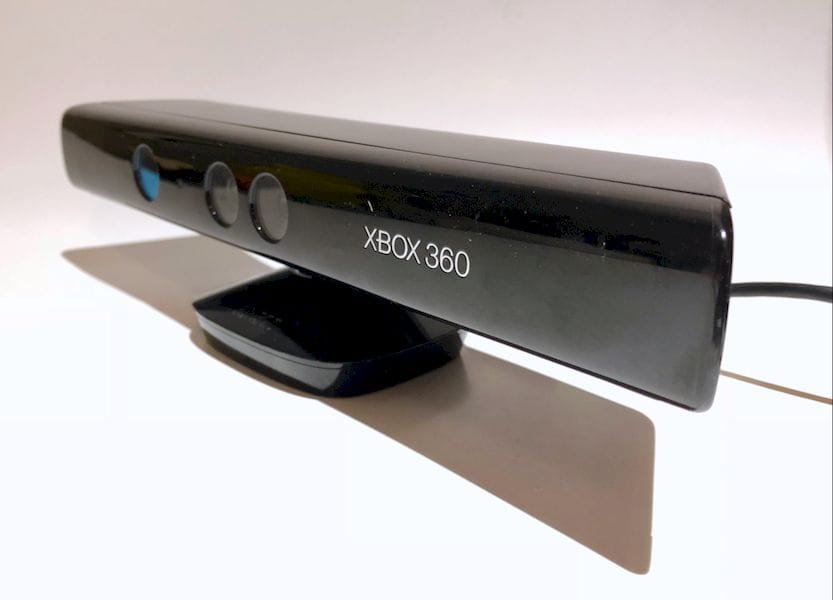
It turns out that Microsoft has now officially ceased production of their popular 3D sensor, the Kinect. What does this mean for 3D printing?
The Kinect’s purpose originally had nothing whatsoever to do with 3D printing; it was designed as a method for Microsoft’s gaming console system, the XBox, to have an unusual input method. The idea was to have the inexpensive 3D sensor add-on detect movements from players and then incorporate them into the game.
You could, for example, brandish a sword in a game by moving your hands appropriately in front of the Kinect, which would allow the game console to place the sword in the same position as your own hand intended to hold it. A kind of virtual reality.
However, while Microsoft sold millions of these devices to the public, ingenious 3D print aficionados realized there was something interesting that could be done with the Kinect.
The device could be used as a real-time 3D scanner! The Kinect projects an array of infrared beams toward a target and returns the distance to each pixel, enabling the creation of a depth map that can be subsequently transformed to a 3D model.
Software quickly erupted to take advantage of the commonly available 3D sensor, and a number of interesting packages were available, some at no charge. One I’ve used is Skanect, which provided a very easy way to quickly obtain decent 3D scans of nearby objects, including people – but not pets or children because they can’t stay still long enough.
I’m not sure how many people in 3D printing used Kinects for 3D scanning purposes, but it could be many, as Kinects are frequently already present if one has an XBox. All you’d need is the software to get 3D scanning.
However, that route is now closing as Microsoft has officially shut down production of new Kinects, and one can suspect that the existing units may eventually no longer be usable for 3D scanning at some point when drivers are no longer issued for updated operating systems.
This will leave a slight hole in the inexpensive 3D scanning category for some desktop 3D printer operators seeking a way to generate their own 3D scanned models.
But don’t fear, there are some alternatives.
One is the Structure Sensor, sold by Occipital (who also own Skanect, by the way). It’s a Kinect-like 3D sensor that straps onto an iPad and is very usable. I’ve been 3D scanned by one of these units myself and found the results very good, at least for non-precision objects like my own body.
However, the Structure Sensor is a purchasable item, with a recent cost of USD$379, quite a bit more than a Kinect.
There are other alternatives that are far less expensive because they use a passive optical approach, rather than an active approach. In other words, they simply take pictures and derive a 3D model of a foreground subject by tracking how the background shifts from image to image. This is called photogrammetry.
Examples of these apps include: Scann3D, Trnio, and Qlone. They’re offered free in app stores, but sometimes require payment for extra features, and that may include the ability to download the generated 3D model.
Another option is to make use of Autodesk’s passive optical photogrammetry services. Autodesk Recap is the current iteration of their ever-changing 3D scanning product line. It’s a subscription service, but you can take the 30-day free trial, and then default to the “free features” after it expires. Or if you have a need for professional use with far more accurate 3D models (meaning using more than a few dozen input images), you can subscribe for around USD$40 per month.
Failing all of the above, you can likely find someone with an old Kinect that still works.
Via GameSpot

